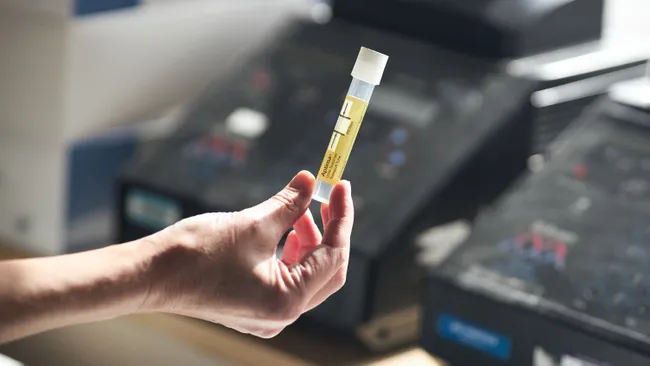From Waste to Wonder: Turning Urine into Medical Implant Material

What if human waste could help build healthier bodies and more sustainable materials? In a fascinating breakthrough, researchers have devised a method to convert human urine into hydroxyapatite, the hard mineral found in bones and teeth. This innovation, detailed in a recent article on Live Science, holds promise for medical implants, biodegradable plastics, and even eco-friendly construction materials.
A Biological Alchemy
The research, funded by the U.S. Defense Advanced Research Projects Agency (DARPA), uses genetically modified yeast to break down urea—a major component of urine—into hydroxyapatite. This mineral is prized in medical applications because it integrates well with human bone tissue, making it ideal for implants.
Dr. David Kisailus, professor of materials science at the University of California, Irvine, explains: "This process achieves two goals at the same time. It helps remove human urine from wastewater streams, mitigating environmental pollution, and it produces a commercially valuable material for various industries."
Why Hydroxyapatite Matters
Hydroxyapatite is a crystalline substance composed of calcium, phosphate, and hydroxide. Naturally occurring in bones and teeth, it promotes biocompatibility and bone growth when used in implants. However, traditional synthetic methods are expensive and often involve harmful chemicals, limiting its accessibility for large-scale applications.
From Fermentation to Fabrication
The team used a probiotic yeast, Saccharomyces boulardii, commonly found on tropical fruit skins, as the biofactory. Through genetic engineering, the yeast—nicknamed "osteoyeast"—processes urea into hydroxyapatite in less than 24 hours. Impressively, one liter of urine yields approximately one gram of the mineral.
This process is scalable using fermentation techniques similar to brewing beer, allowing production in large vats at relatively low costs and temperatures. Such simplicity makes it especially promising for use in developing countries.
Future Applications
Beyond medical implants, researchers envision using the material for 3D printing biodegradable plastics, architectural restoration, and even sustainable building materials. The combination of waste recycling and valuable material creation represents a new frontier in circular economy practices.
Closing the Loop
This breakthrough illustrates how innovative materials science can turn even the most unexpected waste streams into valuable resources. As we seek sustainable solutions for both environmental challenges and healthcare needs, this research is a reminder that nature—and clever science—can offer elegant answers.
Read the full article here: Scientists Transform Pee into Material Fit for Medical Implants.
Sponsored by PWmat (Lonxun Quantum) – a leading developer of GPU-accelerated materials simulation software for cutting-edge quantum, energy, and semiconductor research. Learn more about our solutions at: https://www.pwmat.com/en
📘 Download our latest company brochure to explore our software features, capabilities, and success stories: PWmat PDF Brochure
📞 Phone: +86 400-618-6006
📧 Email: support@pwmat.com
#SustainableMaterials #Hydroxyapatite #MaterialsScience #CircularEconomy #MedicalImplants #Innovation #QuantumServerNetworks #PWmat

Comments
Post a Comment